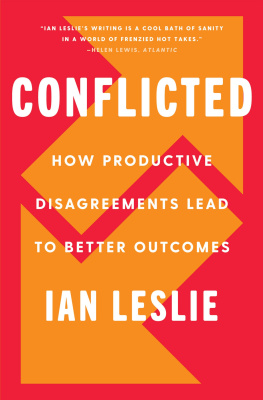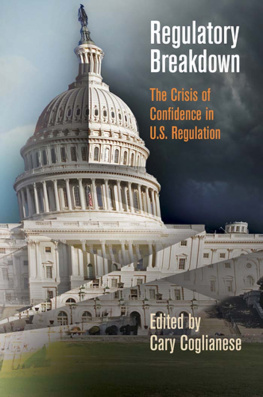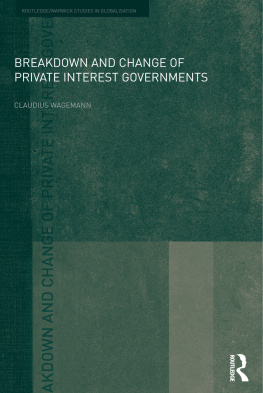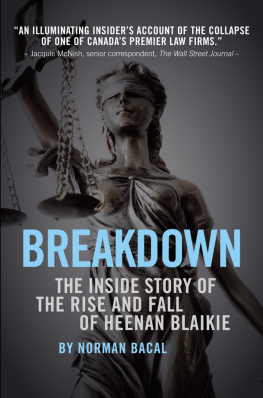Bibliography
Balint, Michael, 1968. The Basic Fault . London: Tavistock.
Bollas, Christopher, 1989. Forces of Destiny . London: Free Association Books.
,1992. Being a Character. New York: Hill & Wang.
,1995. Cracking Up. New York: Hill & Wang.
, 2007. The Freudian Moment . London: Karnac.
, 2011. The Christopher Bollas Reader . London: Routledge.
Bollas, Christopher, and Sundelson, David, 1995. The New Informants. New York: Aronson.
Freud, Sigmund, 1923. Two encyclopaedia articles. In: Freud, Sigmund, Standard Edition of the Complete Psychological Works of Sigmund Freud, XVlll. London: Hogarth Press, pp.233259.
Kubie, Lawrence S., 1960. The Riggs Story . New York: Harper & Brothers.
Phillips, Adam, 2002. Equals . London: Faber & Faber.
Rosenfeld, Herbert, 1987. Impasse and Interpretation . London: Tavistock.
Steiner, John, 1993. Psychic Retreats . London: Routledge.
First published 2013
by Routledge
27 Church Road, Hove, East Sussex BN3 2FA
Simultaneously published in the USA and Canada
by Routledge
711 Third Avenue, New York, NY 10017
Routledge is an imprint of the Taylor & Francis Group, an informa business
2013 Christopher Bollas
The right of Christopher Bollas to be identified as author of this work has been asserted by him in accordance with sections 77 and 78 of the Copyright, Designs and Patents Act 1988.
All rights reserved. No part of this book may be reprinted or reproduced or utilised in any form or by any electronic, mechanical, or other means, now known or hereafter invented, including photocopying and recording, or in any information storage or retrieval system, without permission in writing from the publishers.
Trademark notice: Product or corporate names may be trademarks or registered trademarks, and are used only for identification and explanation without intent to infringe.
British Library Cataloguing in Publication Data
A catalogue record for this book is available from the British Library
Library of Congress Cataloguing in Publication Data
Bollas, Christopher.
Catch them before they fall : the psychoanalysis of breakdown / authored by Christopher Bollas, with Sacha Bollas.
p. cm.
1. Mental health consultation. 2. Mental illness--Prevention. 3. Psychoanalysis. I. Bollas, Sacha. II. Title.
RA790.95.B65 2013
616.8917--dc23
2012030396
ISBN: 978-0-415-63719-0 (hbk)
ISBN: 978-0-415-63720-6 (pbk)
ISBN: 978-0-203-06954-7(ebk)
Typeset in Garamond
by Saxon Graphics Ltd, Derby
Chapter 2
Signs of breakdown
Psychoanalytical work has as much to do with how the analyst receives the analysand as with what they say to them.
If the analyst has worked with a patient for a year or more they will have begun to internalize their character form. It is hard to define this, but think of how after listening, over some time, to the music of a particular composer we begin to feel within ourselves the shape of their musical personality. Our unconscious receives, organizes and recognizes patterns , and these patterns constitute the form that any content may take, whether it be a musical idea, expressed in the pattern of a particular harmonic and melodic idiom, or a poets idea taking form in the rhythm of their characteristic syntax that shapes the sequence of images.
Psychoanalysts are trained to be impressionable; a term Freud used many times to describe the way the analyst registers the analysand. They allow a persons way of being and of relating to affect them. They need to be as open to this as possible and even though they may begin to notice patterns early on, they should suspend early judgements in order to continue to be open to the form of a persons character.
When the analysts unconscious communicates to the patients unconscious that the other is open in this way to character communication, the patient will become more expressive, often more difficult, certainly more specific in the release of personal idioms of being and relating, and over time, the psychoanalyst will begin to feel the shape of the patient within themself. Just as we can conjure the feel of Mozart within our consciousness, even when we are not listening to his music, we know the feel of the many impressions created by the impact of the patient.
The sort of receptiveness assumed here is, however, not characteristic either of psychoanalysts who regard it as mandatory to be constantly interpreting the transference in the here-and-now, or of those who enter into a dialogue with the analysand, offering the analysts personal response to what has been said. Both these approaches offer a very different type of analysis from that based on neoclassical principles, and I want to emphasize that understanding this book, and certainly contemplating using the ideas presented here, will be highly problematic for clinicians who work in either of these two ways.
That is not to say that analysts working within those traditions do not have strategies for working with patients in breakdown, but my own work, within the Freudian tradition, operates from the crucial assumption that the analyst must be quiet and recessive for long periods of time, in order that the analysands free associations and character moves are offered ample freedom to articulate themselves. If psychoanalysts are actively interventionist then these associations will not establish their patterns of meaning, and the persons character will be absorbed by the analysts construction of the transference, as the selected object of focus.
Within the context of Neo-Freudian classicism, the psychoanalyst engages in a negative capability; they suspend their own views and immediate responses, in order to facilitate the incremental establishment of the analysands idiom of being. Within this interformal context, if the analysand unconsciously introduces a nuanced difference from their idiom of being it will be registered by the analyst.analyst, rather as though a snippet of Brahms were to appear in the middle of a Mozart sonata.
Let us move on now to think about the forms of breakdown with which the psychoanalyst may be confronted. To oversimplify somewhat, there are two fundamentally different types: one in which the analysand shows warning signs hints that they may be coming apart; and another that is acute and has no preceding indications.
Take the first kind. Assume for a moment that, from the beginning, the patient has been vulnerable and the analyst is well aware that a breakdown is possible. The analytic process itself, especially the invitational evocativeness of the transferential experience, will elicit an easing of the selfs ordinary defences. There may be a transition period as the old self releases itself into breakdown progressively, and this may last days or weeks. At first, the person seems bewildered, as if something is up but it cannot be identified. There may also be a temporary dissociative stage in which the person is somewhat outside the self, in a state of derealization, or observing the self from a psychic distance. There is a growing feeling of helplessness as simple tasksanswering letters, putting petrol in the car, doing the laundryfeel increasingly impossible.
One of the most customary early signs of breakdown is a slowing up of ordinary patterns of speech. Most analysands are hesitant or silent from time to time, or convey doubt about what they are saying, but what characterizes breakdown is another kind of hesitation, in which the cessation of speech can be a result of the intrusion of an odd idea, or the emergence of powerful but inarticulate feelings, a weakening of the ego, or the first waves of an aprs-coup (deferred action). It does not seem to be the result of psychodynamic conflict caused by a specific idea that the person does not want to talk about, or the experience of facing fearful mental territory or troubling transferential feelings. It is a hesitation that seems forced upon the patient. Something is going wrong.













